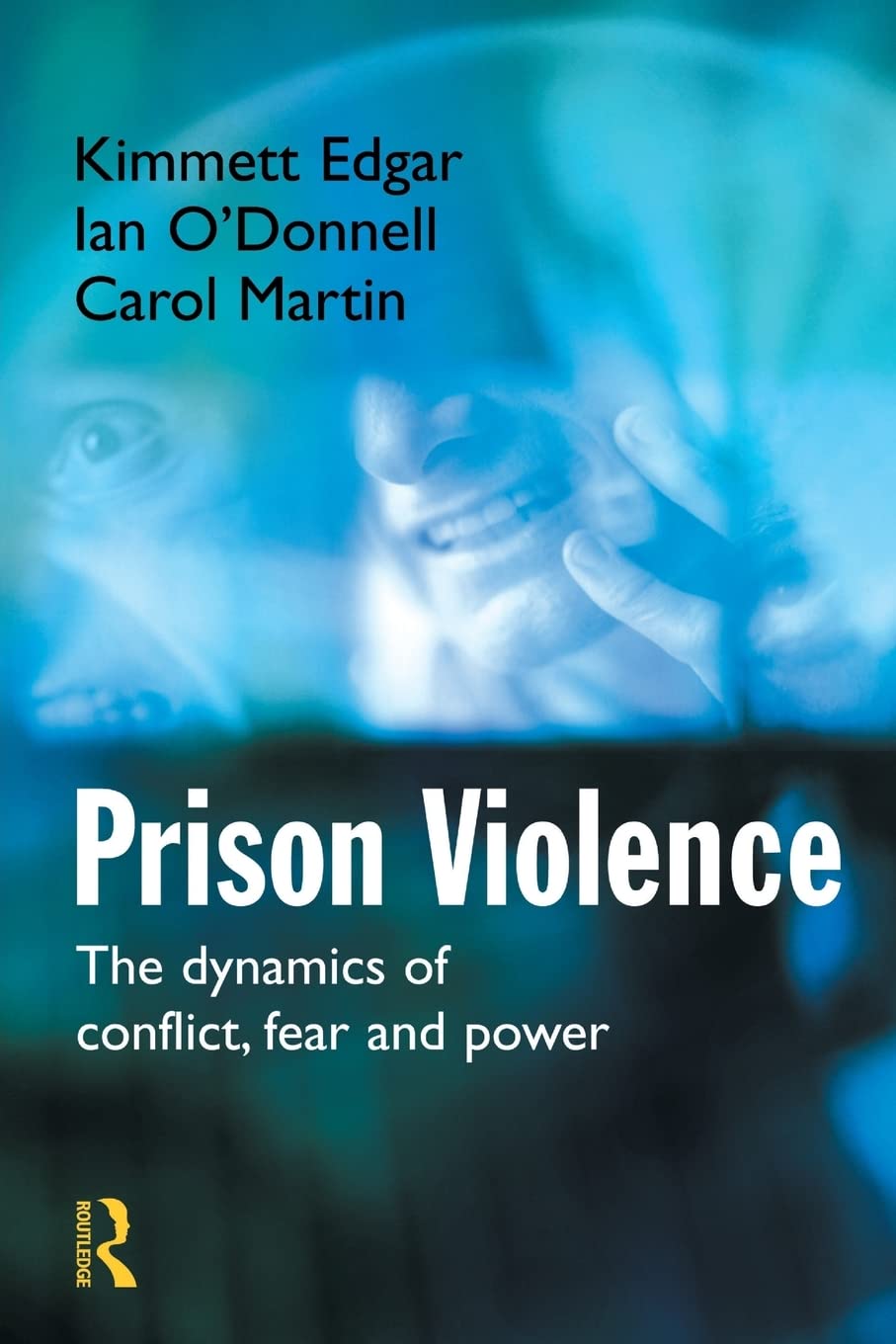

Most ebook files are in PDF format, so you can easily read them using various software such as Foxit Reader or directly on the Google Chrome browser.
Some ebook files are released by publishers in other formats such as .awz, .mobi, .epub, .fb2, etc. You may need to install specific software to read these formats on mobile/PC, such as Calibre.
Please read the tutorial at this link: https://ebookbell.com/faq
We offer FREE conversion to the popular formats you request; however, this may take some time. Therefore, right after payment, please email us, and we will try to provide the service as quickly as possible.
For some exceptional file formats or broken links (if any), please refrain from opening any disputes. Instead, email us first, and we will try to assist within a maximum of 6 hours.
EbookBell Team

4.1
40 reviewsPrisons are dangerous places, and assaults, threats, theft and verbal abuse are pervasive - attributable both to the characteristics of the captive population and to an institutional sub culture which promotes violence as a means of resolving conflicts. Yet the crimes perpetrated by prisoners on other prisoners have attracted little interest, and criminological research has contributed little to an understanding of situations in which violence arises in penal institutions. This book seeks to remedy this, and to address and answer a number of key questions: how do features of the prison social setting shape conflicts?; what social norms guide the decision to use violence?; what are the personal and social consequences of spending months or years in places where distrust and anxiety are normal?; how do staff respond to the dangers that are part of daily life in many prisons?; is it possible to identify factors associated with risk and resilience?; and what methods of handling conflicts do prisoners use that could prevent violence? Prison Violence adopts a distinctive approach to answering these questions, and is based on extensive research, including interviews with both victims and perpetrators of prison violence; it pioneers a conflict-centred approach, seeking to understand the pathways into and out of situations where there is potential for violence, focusing on interpersonal and institutional dynamics rather than on individual psychological factors.